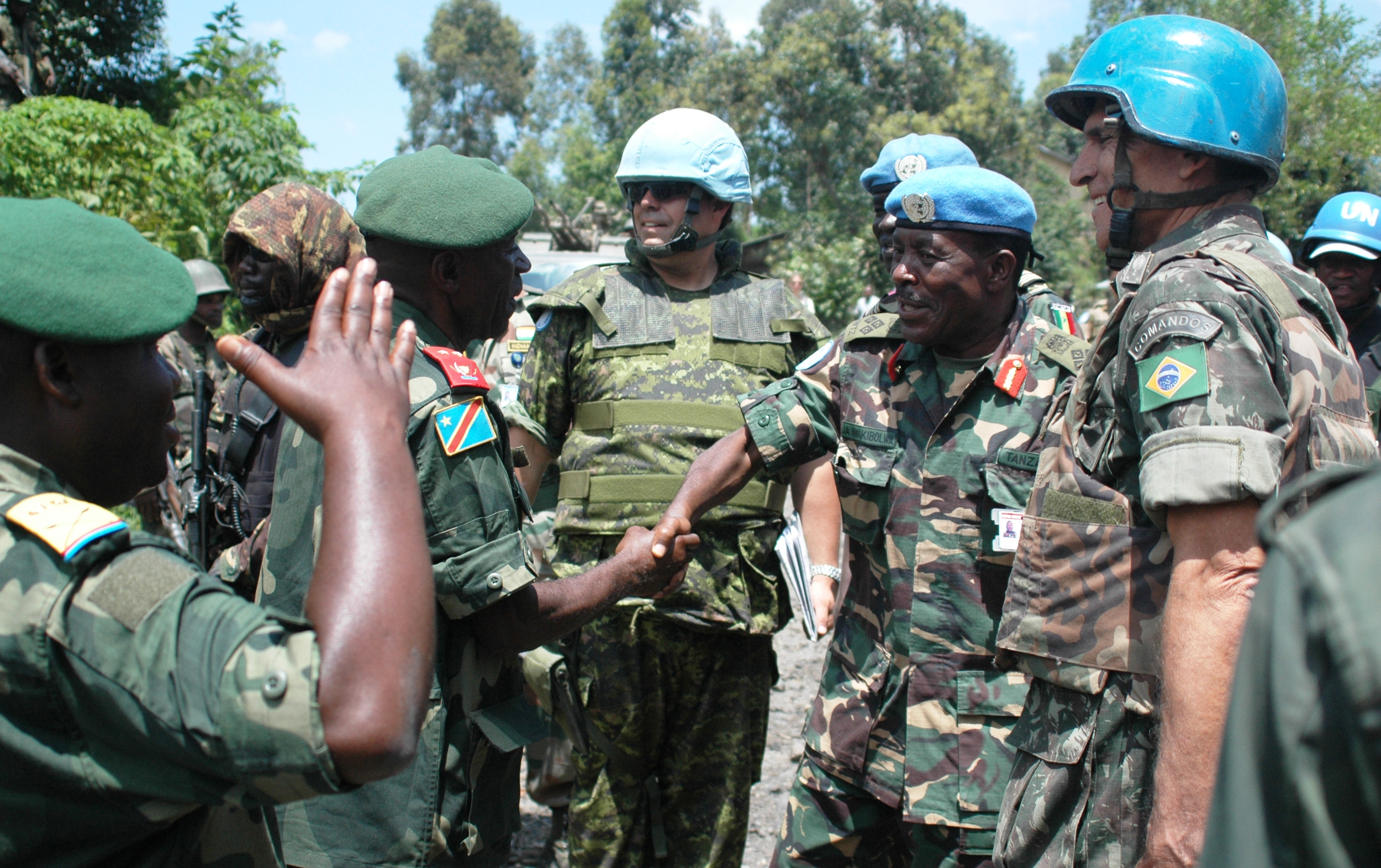
Conflict in Congo.
.
Background
During the Rwandan genocide in 1994, over 800,000 Tutsis and moderate Hutus were killed, and two million Rwandans migrated to nearby Congo seeking refuge, mostly in the North and South Kivu Provinces. When the genocide, lasting for 100 days, concluded, a new Tutsi government was democratically elected. Hutus who had supported the previous dictatorship hid in Congo to avoid being sentenced. During this period, the Hutus managed to reorganize, creating local militia groups, while foreign powers decided which side to support.
First Congolese War
Under the new leadership of Paul Kagame, Rwandan troops and Tutsi militias based in Congo launched an invasion in the Zaire region, justifying their actions by claiming that threats from remaining Hutus in the region had to be eliminated. In reality, Hutus who participated in the genocide represented just 7% of the Rwandans on Congolese territory, according to a High Commissioner Officer of the UN. Other actors, such as Angola and Burundi, sided with Rwanda, providing subsidies and weapons. Most significantly, Uganda sent part of its armed forces, concerned about the Mutubu power abroad and supporting certain militias. Casualties included not only military personnel but also refugees and civilians in North and South Kivu. When the Rwandan coalition finally took control over Congo, Laurent Kabila, Motubu's opposition, became president and ordered Rwandan and Ugandan forces to leave the country, fearing the annexation of rich mineral regions. Kabila then received support from other African countries, such as Zimbabwe and Angola.
Second Congolese War
Following the first war, Rwanda continued to exert significant influence over the government. Kabila, in an attempt to secure full decision-making power, began removing Tutsis from national employment, weakening the Rwandan Defense Forces (RDF) in the eastern part of the country. After new Hutu troops were stationed on the border, Rwanda responded by attacking Congo in 1998, claiming to create a “demilitarized zone” along the border and to create more distance for its troops from the Hutus.
The Congolese army, supported by Angola, Namibia, and Zimbabwe, fought against the military forces of Burundi, Uganda, and Rwanda. This war is often referred to as the first world African war. In 2001, Laurent Kabila was shot by one of his bodyguards. In the ensuing chaos, Joseph, son of Laurent Kabila, took power, and in April 2002, the Sun City Agreement brought an end to the war, implementing a new Transitional Government in Congo.
Despite the agreement, local fighting persisted in eastern DRC, leading to the deployment of the UN peacekeeping MONUSCO mission
A Focus on Local Mineral Resources
The Congolese territory is rich in resources like copper, uranium, gold, and zinc. However, the most concerning aspect is that these riches haven’t benefitted the local population. Instead, foreign powers have exploited these resources. Recently, many mining sites owned by American corporations were sold to the Chinese, bolstering their economy based on technology production for export. The DRC is actively involved in the military protection of these sites, with the Chinese supplying arms, including drones, to the DRC.
These resources not only attract multinational corporations but also local rebel groups. With control over mining sites, these groups finance their military activities. In fact, over 90% of the gold mined in the DRC is smuggled. These groups, including the Mai-Mai, Codeco, and the FDLR, along with more than 120 armed groups, cause tragedies in northern villages, involving killing, raping, and occupation. Local testimonies suggest that DRC and FDLR forces were seen together fighting the M23, exchanging control over local carbon and nickel routes.
Consequences
Since the start of the first war, more than 5.4 million people have died. One million refugees fled to neighboring countries, and 5.8 million were internally displaced.
